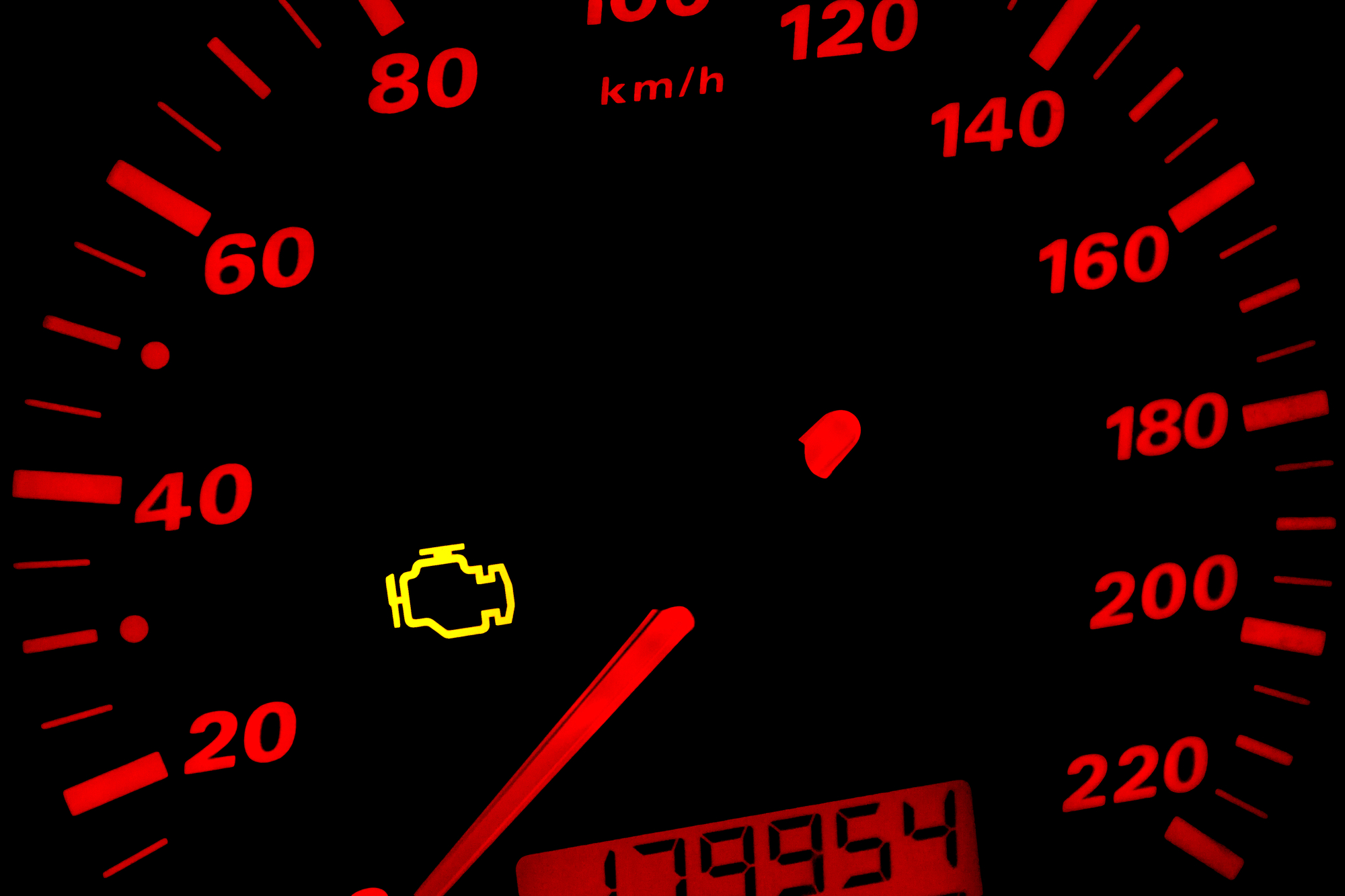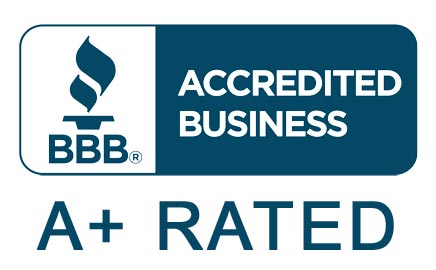When was the last time you had a car warning light come on? If this has happened in the past, you probably were concerned and started wondering what might be wrong with your care. Not all warning lights are bad. Some of them simply provide status information (like whether or not the airbags are on) while others provide information about a potential problem with the vehicle.
Warning Light Colors
The color of a car warning light can vary slightly (level of color) but are typically red, yellow, orange, green, and blue. A red warning light can mean your vehicle requires immediate attention; in some cases, meaning “don’t drive any further.” Yellow and orange warning lights signify a problem that should be addressed sooner rather than later. A green or blue car warning light normally means that a particular function is on or in use.
Following is a list of the most common (and important) car warning lights used by auto manufacturers. You can also refer to your vehicle owner’s manual for more information about warning lights.
Check Engine Warning Light
A check engine light could appear for several reasons. It typically indicates a serious problem (like overheating) that requires the driver to pull over immediately. In other cases, the light will appear if the gas cap is loose, cracked, or open, which can cause fuel to evaporate. A flashing check engine light signals a major problem that could result in severe damage if ignored.
What to Look For: A red, orange, or yellow light that looks like an engine.
Brake System Warning Light
This car warning light signals that the parking brake is on, there’s an ABS problem, a braking system issue, or brake fluid is low. If the brake system light is on, make sure the parking brake is released (fully) and check the brake fluid. If it’s an ABS system problem, you may need to get a diagnosis from a professional auto repair technician.
What to Look For: A red light with an exclamation point in a circle.
Battery Warning Light
This light indicates that there’s a problem with the charging system. Oddly enough, the problem might not have anything to do with the battery. It could also be a warning that the alternator belt is damaged.
What to Look For: A red light that looks like a battery.
Temperature Warning Light
This car warning light indicates that the engine is overheated. This typically has to do with the coolant level; however, it can happen for several reasons. If the engine overheats, it’s essential to pull over and have the problem addressed immediately.
What to Look For: A red light that looks a bit like a thermometer.
Oil Pressure Warning Light
The oil pressure warning light indicates that there’s a problem with your vehicle’s oil pressure system. Problems can be that you’re low on oil, or the oil pump isn’t distributing enough fluid to adequately lubricate the areas inside the vehicle. This is an issue that needs to be resolved immediately because the engine will wear out quickly without adequate lubrication.
What to Look For: A red light that looks like an oil can.
ABS Warning Light
If the “ABS” car warning light comes on, it indicates that there’s a problem with the anti-lock brake system. It’s important to note that whenever you start the vehicle, the system performs a self-check and the ABS light comes on for a few seconds. If it goes out right away, the car’s ABS system is in good working order.
What to Look For: A light with “ABS” in the middle of a circle. The color of the light is typically an amber shade; however, it can be red, orange, or yellow.
Tire Pressure Monitoring System (TPMS) Light
This warning light means that the tire pressure monitoring system has determined that there’s a low air pressure tire problem. This car warning light can also mean that there’s a sensor malfunction. Some vehicles allow a manual reset of the warning light, while others require a professional diagnosis. If you’re not sure about your vehicle, refer to the owner’s manual.
What to Look For: A yellow light with an exclamation point in the middle of a roundish shape with lines at the bottom.
Airbag Warning Light
If the airbag warning light stays on after you start your vehicle, it can be an indication that there’s a problem with the airbag system. If this is the case, it’s highly recommended that you have it repaired as soon as possible.
What to Look For: A amber or yellowish light that looks like someone with a seatbelt on.
Check Gas Cap Light
The check gas cap light means that the gas cap isn’t on tight enough (or sealing properly). If not addressed, the light will appear when driving. If the problem isn’t fixed, the check engine light will display.
What to Look For: This warning light is typically yellow and looks like a car, showing where the gas cap might be.
Seat Belt Reminder Light
This light is reminding you that you haven’t fastened the seat belt. The CDC has reported that seat belts reduce crash accident-related injuries by approximately 50%.
What to Look For: A red light that looks like someone’s seat belted in.
What to Do When You Get a Warning Light
The dashboard acts as an information center regarding the state of the vehicle. What you should do when a warning light comes on will vary from pulling over and stopping immediately, to heading to your favorite auto repair center. Being aware of what a car warning light may mean varies according to the situation. For example, a steady check engine light means you have time to schedule an appointment with an auto repair shop. A flashing check engine light indicates you need to take immediate action, getting your car looked at immediately.
Contact us if you see a car warning light on your car or truck.






